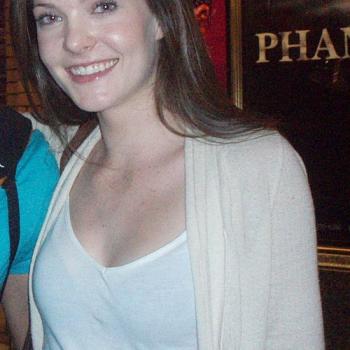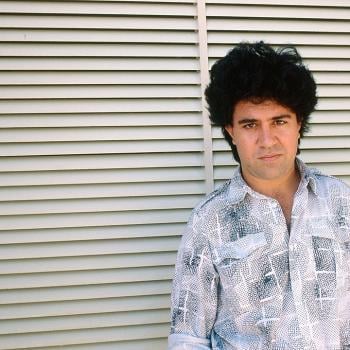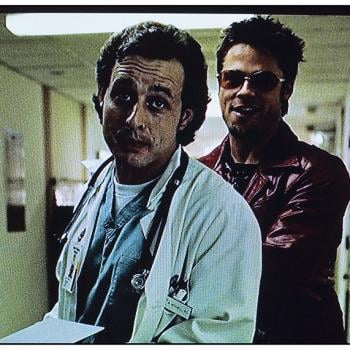
Source: Wikimedia user Віщун
License
When I saw the first Paranormal Activity (2007), I knew it wasn’t real. But, at the tender age of 13, I wanted it to be. Its elaborate pretension that, yes, this had all happened and that, yes, we have just been so lucky because the house’s cameras were turned on, helped. It gave me permission to suspend disbelief and to enjoy what amounted to a play on the found-footage film. Under a decade earlier, The Blair Witch Project (1999) did much the same for a prior generation. Except in that case, the filmmakers created a website, brought the broom out of storage, and shooed the actors out of the premiere. People would believe.
Long before these two, however, college students and men with ponytails passed around a film making similar claims with greater credence: 1989’s The McPherson Tape (also known as UFO Abduction). Due to distribution issues, Dean Alioto’s early found-footage tale of a kid’s birthday party gone wrong never received a proper release. Instead, bootleg VHS copies made their way around the paranormal and cryptozoological circuits in the 90s. And you know what? People believed it. They thought it was real. UFO hunters even used the flick to prop up their own positions on the universe and whether we’re alone in it.
Even knowing it isn’t true, it still feels that way. The McPherson Tape manages an almost anti-cinematic realism. But it never plunges over the edge into failure. It remains entertaining. How? Why?
The film throws us into the middle of things. This is supposed to be a child’s birthday party, and so, when it begins, we find ourselves amidst overlapping dialogue about nothing. Sure, there’s the occasional comment about the guy holding the camera—why don’t you live in the moment?—but the family mostly takes jabs at each other, teases one another, and discusses their mother’s recent penchant for drinking rum and watching Johnny Carson. They play Old Maid and nitpick at quirks. For a film with no real characters, I felt I had a better idea of who these people were after an hour than I often do after 90 minutes with someone in a studio film.
This narrative eccentricity never ceases. It slows at certain moments. We need the men of the family to have a reason to leave the house so they can find the aliens, for instance. But Alioto shows remarkable restraint. There are no jump scares, no act structure. The film punctuates whole scenes with long stretches of darkness broken up by small flashes of light accompanied by the sound of crushing leaves as the characters walk from one outdoor spot to another.
The entire movie comes in at under 70 minutes. I can imagine it now, a guy in a Grateful Dead t-shirt getting his hands on a tape in the mid 90s: whoa, it’s gotta be real. What kind of hoax comes in at under 90 minutes?
Alioto’s narrative approach makes the experience that much scarier. When most scenes are dimly lit or completely dark, especially once the power goes out at the house, anything and everything can be lurking out there. When no one underscores moments of tension, except insofar as the characters themselves get scared, you’re always on high alert. And indeed, offering only faint glimpses of the aliens and their ship makes the movie that much more frightening.
It also didn’t hurt, given the cheapness of the alien costumes—three little girls wearing big gray masks and black body suits with gray accents.











